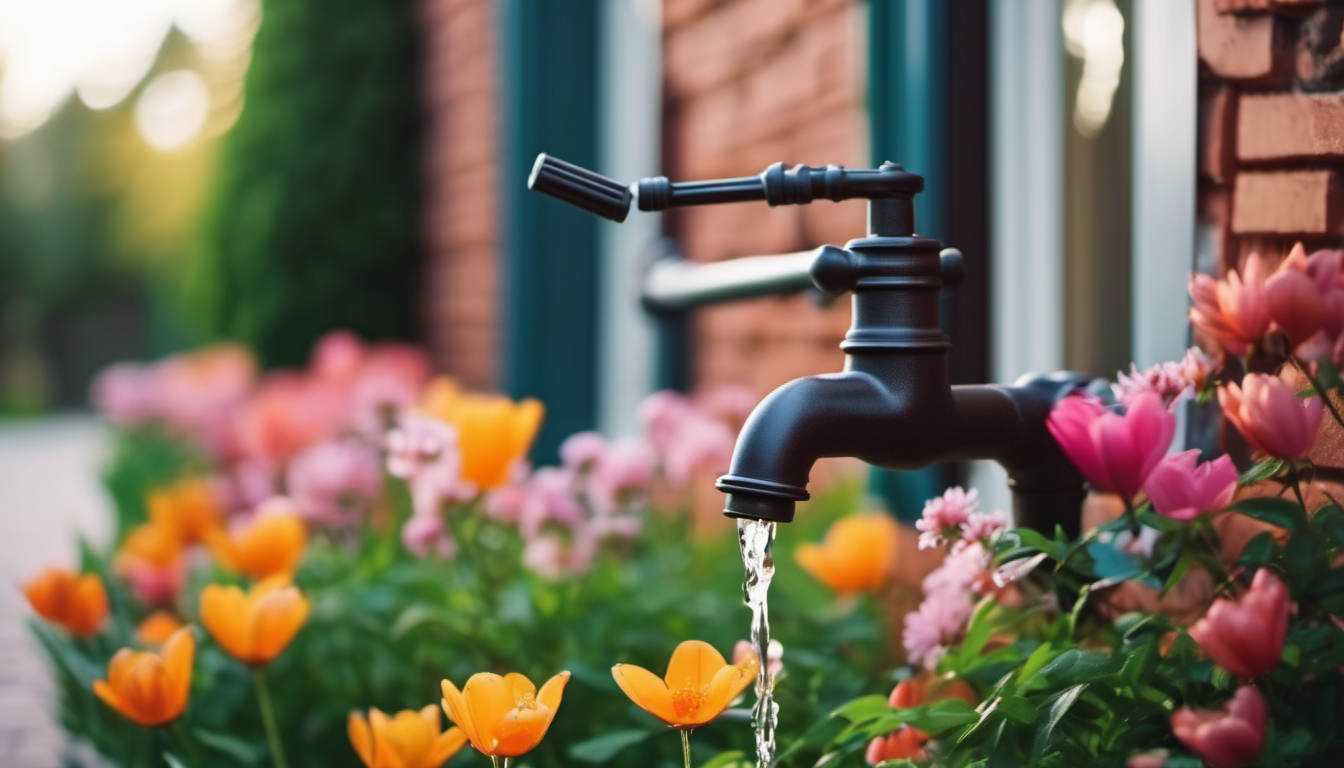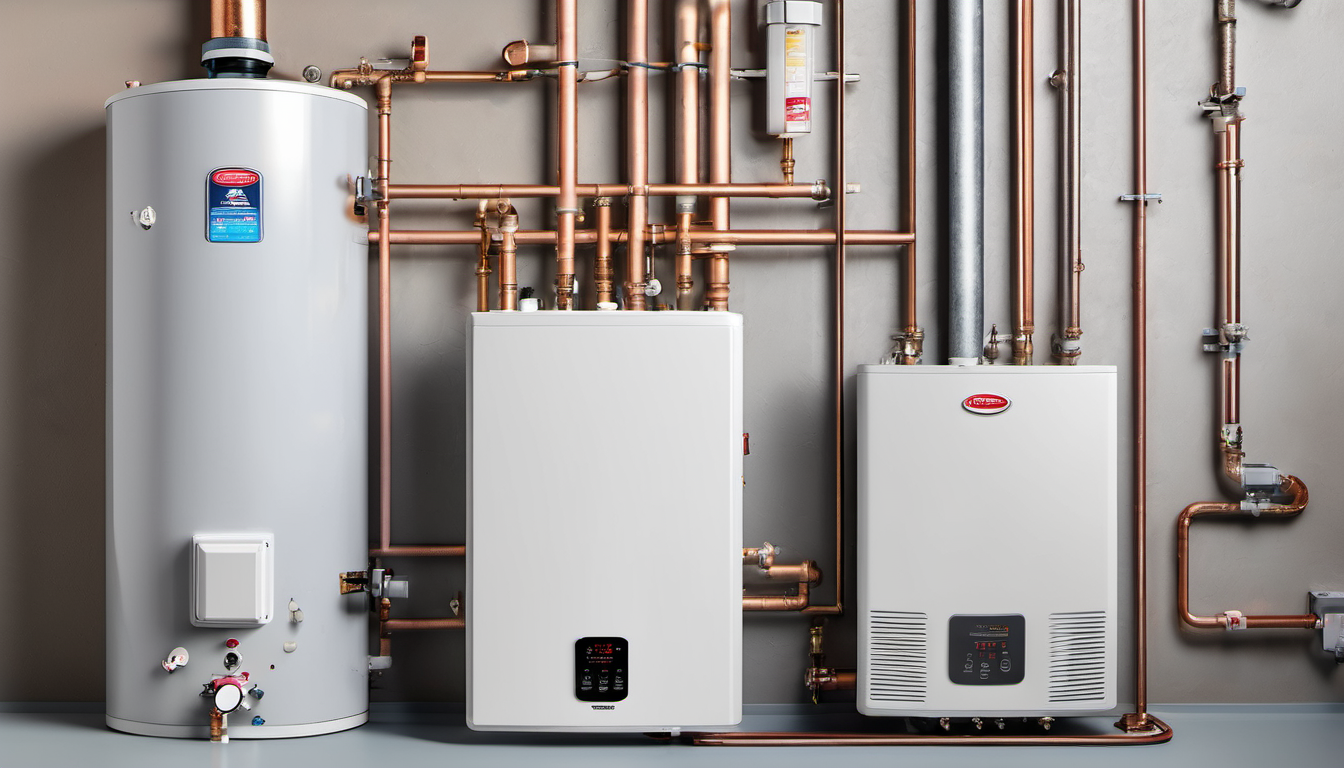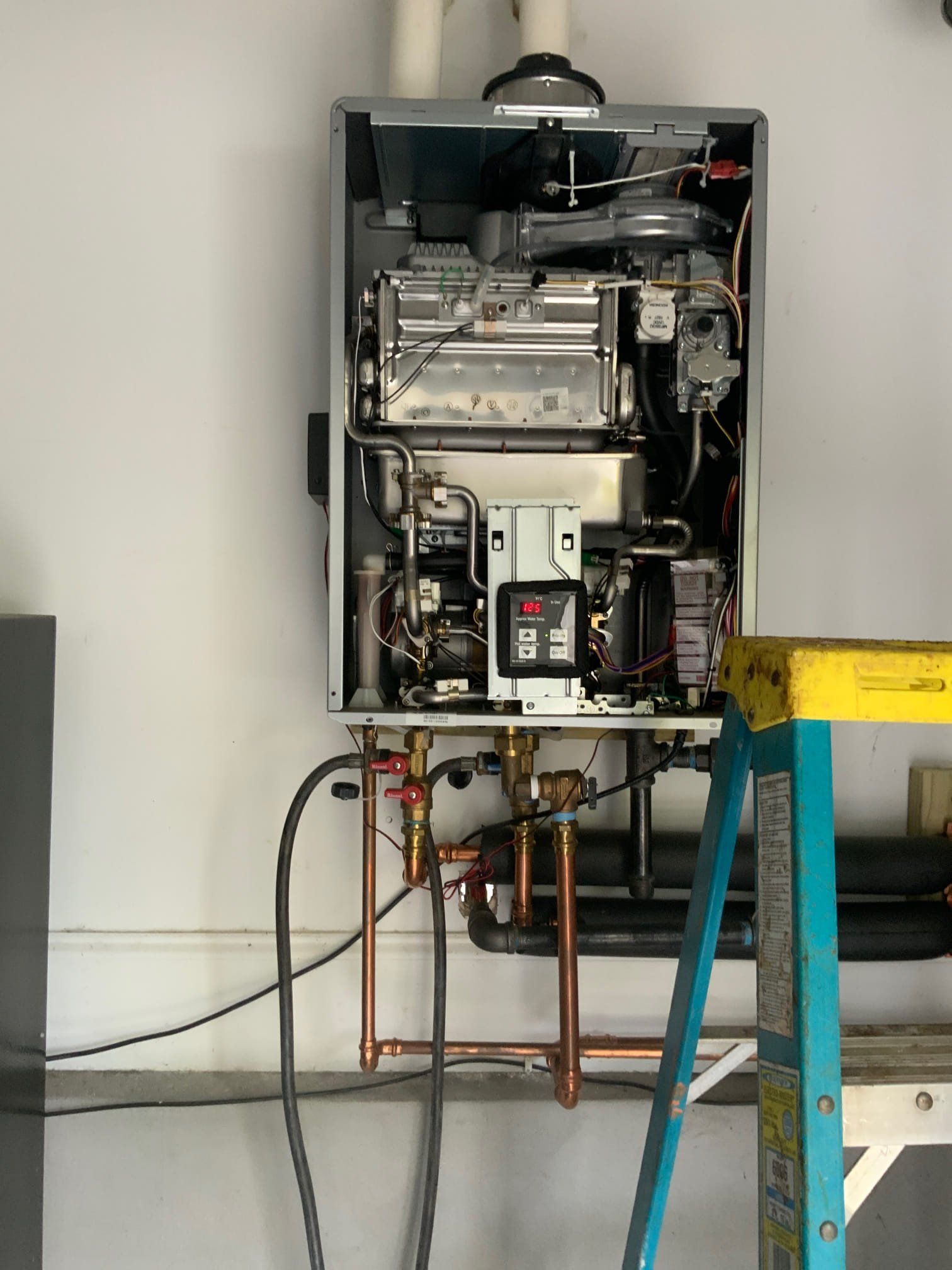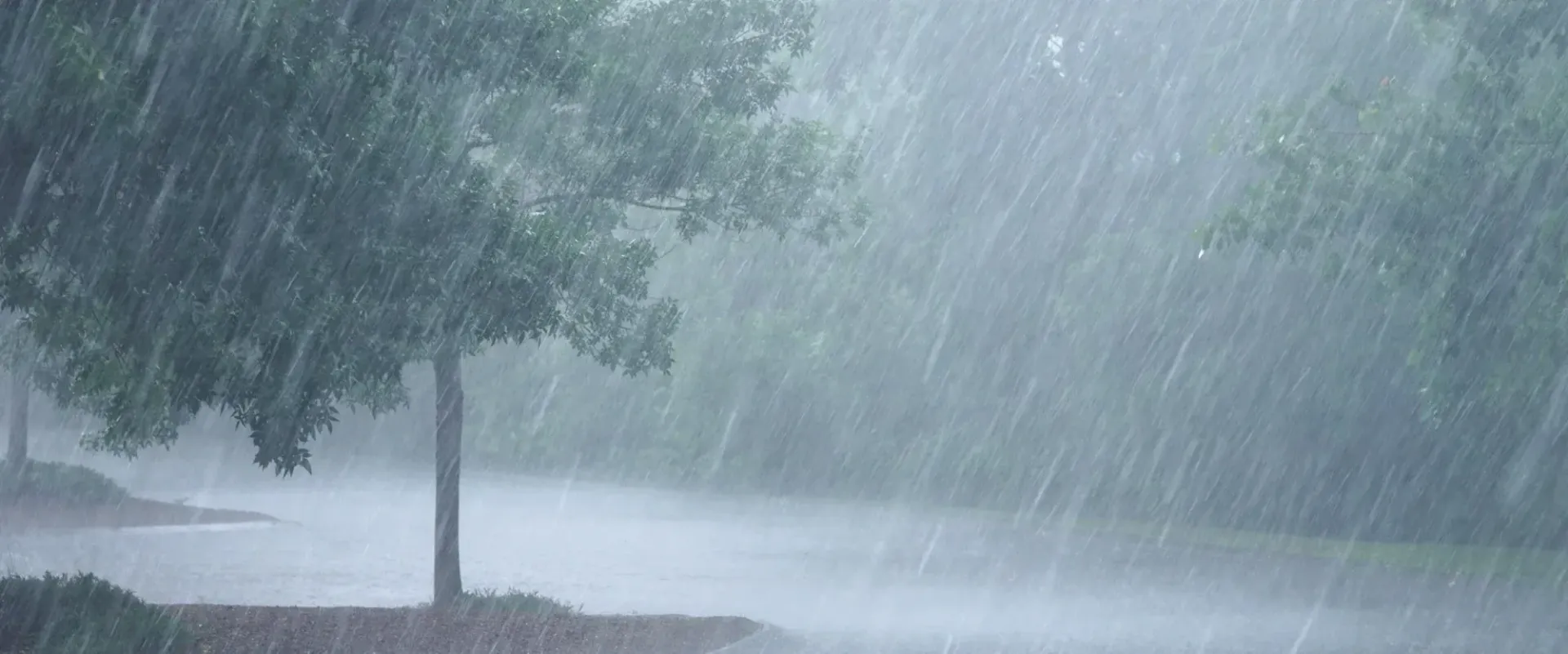Spring Forward with Peace of Mind: Your Essential Guide to Spring Plumbing Maintenance
Your Essential Guide to Spring Plumbing Maintenance
Don't let spring leaks turn into summer headaches! This comprehensive guide from your local plumbers outlines essential maintenance tips to keep your home's plumbing system running smoothly throughout the season.

Spring is a time of renewal and fresh starts, both inside and outside your home. As the warm weather arrives, it's also the perfect opportunity to give your plumbing system some TLC. After enduring the winter months, potential issues like frozen pipes and increased water usage can leave your plumbing vulnerable.
By dedicating some time to spring plumbing maintenance, you can prevent costly repairs and ensure your home's water system functions efficiently throughout the season. This comprehensive guide from your local plumbing professionals will equip you with the knowledge and steps to tackle essential spring plumbing maintenance tasks.
Why Spring Plumbing Maintenance Matters
Regular plumbing maintenance is crucial for several reasons:
- Prevents costly repairs: Addressing minor issues early on can prevent them from escalating into significant problems that require extensive repairs and replacements.
- Improves efficiency: Regular maintenance ensures your plumbing system runs smoothly, reducing water waste and potentially lowering your water bills.
- Extends lifespan of appliances: Proper maintenance helps extend the lifespan of your water heater, washing machine, dishwasher, and other plumbing-dependent appliances.
- Enhances safety: Addressing potential leaks and ensuring proper ventilation helps prevent water damage, mold growth, and other safety hazards.
Essential Spring Plumbing Maintenance Checklist:
1. Inspect Indoor Plumbing:
- Faucets and showerheads: Look for leaks around the base and handles. Tighten any loose connections and replace worn-out washers or cartridges.
- Toilets: Check for leaks around the base and inside the tank. Listen for any continuous running sounds that may indicate a hidden leak.
- Sinks and drains: Clear any visible clogs using a plunger or drain snake. For stubborn clogs, consider calling a professional plumber.
- Washing machine and dishwasher hoses: Inspect hoses for cracks, bulges, or signs of wear and tear. Replace any damaged hoses to prevent leaks and potential flooding.
2. Address Outdoor Plumbing:
- Hose bibs (faucets): Turn on the hose bibs and check for leaks. Ensure they shut off completely after use to prevent frozen pipes in the winter.
- Sprinkler systems: If you have a sprinkler system, perform a pressure test and check for any leaks or broken sprinkler heads.
- Downspouts and gutters: Clear debris like leaves and twigs from gutters and downspouts to ensure proper water drainage away from your foundation.
3. Inspect and Maintain Your Water Heater:
- Drain and flush: Draining and flushing your water heater annually helps remove sediment buildup that can reduce efficiency and shorten its lifespan. Refer to your water heater's manual for specific instructions or consult a qualified plumber for assistance.
- Temperature check: Ensure your water heater's temperature is set to a safe and efficient level, typically around 120 degrees Fahrenheit.
4. Additional Tips:
- Exercise shut-off valves: Regularly turn on and off the shut-off valves under your sinks and behind appliances to ensure they function properly in case of an emergency.
- Consider a professional inspection: For comprehensive peace of mind, schedule a professional inspection by a licensed plumber. They can identify potential problems, recommend necessary repairs, and offer valuable insights for maintaining your plumbing system throughout the year.
Conclusion
By following these simple spring plumbing maintenance tips, you can ensure your home's plumbing system functions smoothly and efficiently throughout the season. Remember, early detection and preventative measures can save you time, money, and frustration in the long run.
If you encounter any plumbing issues beyond your comfort level, don't hesitate to contact Plumber Today! We want to help you complete your spring plumbing checklist!



